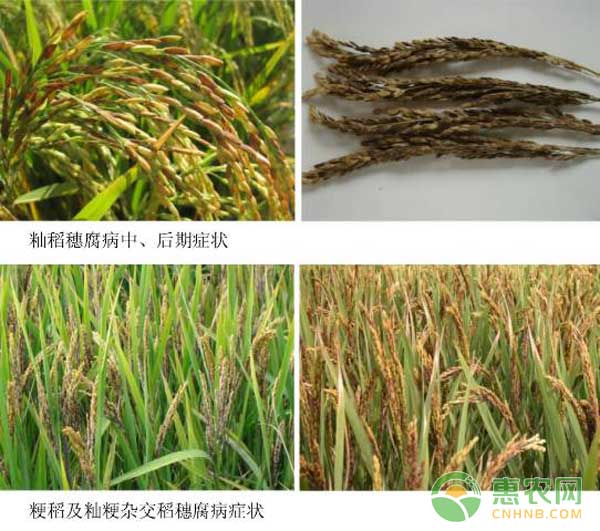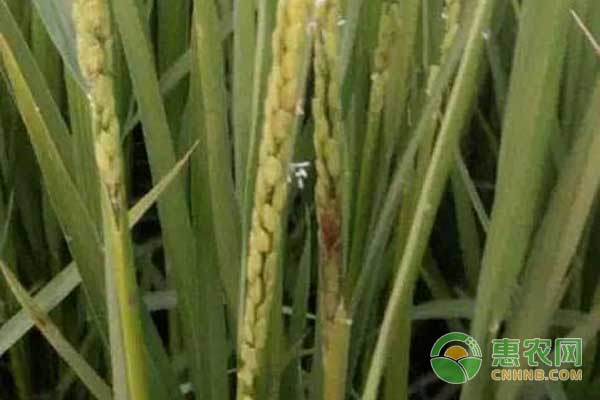In recent years, all rice producing areas in the country are prone to infection with a disease, ear rot, which occurs mainly in the panicle of rice, which changes the appearance of rice husk and affects the yield and quality of rice. It has a great impact on rice production and market price; rice ear rot will occur in the field, transportation and storage process, and toxins will cause harm to human and animal health during transportation and storage. First, the law of fashion The pathogen is mainly infected with Fusarium. There are three main reasons for ear rot: 1. The grain is discolored by the rice blast, or the sputum is taken into the pathogenic fungus after feeding, or directly caused by the fungus through the wound. 2. caused by a variety of known or unknown fungi; 3. The pathogen is overwinter or summer in the diseased body such as rice pile or seed. The optimal growth temperature of the pathogen is 25 °C, the optimal sporulation temperature is 28 °C, and the temperature at heading and flowering is higher (27 °C). ~ 30 ° C), is conducive to the occurrence of ear rot. The optimum pH value is 6; the initial infection is carried out by airflow, and the conidia are transmitted by rainwater and then infected. High temperatures, rainy, foggy and humid weather are good for this disease. At present, the main cause of ear rot is uncertain, but the occurrence, harm, epidemiology and climatic conditions, cultivar type, farming system, fertilizer and water management (partial application or late application of nitrogen fertilizer), plant vegetative maturity The relationship of delay is very close. Second, the symptoms of harm Ear rot mainly occurs in the late stage of heading, which can cause seedlings, stem rot, and base rot. After the spikelets are damaged, brown water-stained lesions appear, which gradually spread to the whole ear, causing the diseased ears to be yellow, the seeds to dry, and the mildew. The diseased ear and the temporal lobe are filled with white mycelium, and grayish white mycelium is sometimes produced between the seeds, and can continue to develop during storage to dry the whole ear. The chaff of the diseased rice has purple or brown spots of different sizes, and there are no brown lines on the rice grains. The two diseases, ear rot and ear blight, are sometimes difficult to distinguish. To determine the ear rot, it is necessary to peel off the husk to observe whether there is a brown line on the rice grain, and no ear rot. Third, rice ear rot prevention and control methods (1) The method of seed disinfection is the same as that of rice blast. (2) Dealing with the field Shibuya, it is best to burn ash to reduce the source of the bacteria. (3) Strengthen the management of fertilizer and water to avoid the application of delayed application of nitrogen fertilizer to increase the application of phosphorus and potassium fertilizer; timely and appropriate exposure of the field to make the plant color change, stable growth and prolong the root activity to prevent lodging. (4) Combine the anti-panicle neck sputum to prevent the spraying before and after the heading period. In the areas or fields where the disease has occurred over the years, spray each time in the initial spike and the heading stage, and if necessary, spray once before the grouting milk is cooked. In addition, according to the weather forecast, it is possible to reduce the incidence of the disease before or after the rain before and after the heading. Pharmacy selection: 50% carbendazim and 70% thiophanate-methyl had a control effect on rice ear rot, which reached 75.20% and 75.12%, respectively. 45% prochloraz emulsifiable concentrate, 80% mancozeb WP and 20% triazolone emulsifiable concentrate, chunleimycin, thiabendazole and the like can be used. Triazole ketone + Ai Miao, Hao Li Ke + An Taisheng can be used in the compounding agent. In addition, the anti-effects of tricyclazole + triadimefon, tricyclazole + carbendazim, tricyclazole + love seedling and tricyclazole + methyl thiophanate are also good. There is currently no specific agent to control ear rot. The recommendations of the Institute of Plant Protection and Soil Fertilizer of Hubei Academy of Agricultural Sciences are: 75% with enemy stability +46% CU(OH)2 (copper hydroxide), 12.5% ​​diniconazole + 25% prochloraz, 10% diphenyl ether ring The azole + 33.5% quinoline copper compounding agent can prevent rice smut and ear rot. The above agents can be selected according to the severity of rice ear rot. Therefore, rice farmers should pay special attention to the planting process, once the disease is found to be treated in time to prevent production cuts! Injectable Anti Acne Solution,Acne Mesotherapy Solution,Anti Acne Meso Solution,Acne Treatment Mesotherapy Jiangsu Tiera Biotechnology Co., Ltd , https://www.tierabio.com

Harmful symptoms and control measures of rice ear rot
